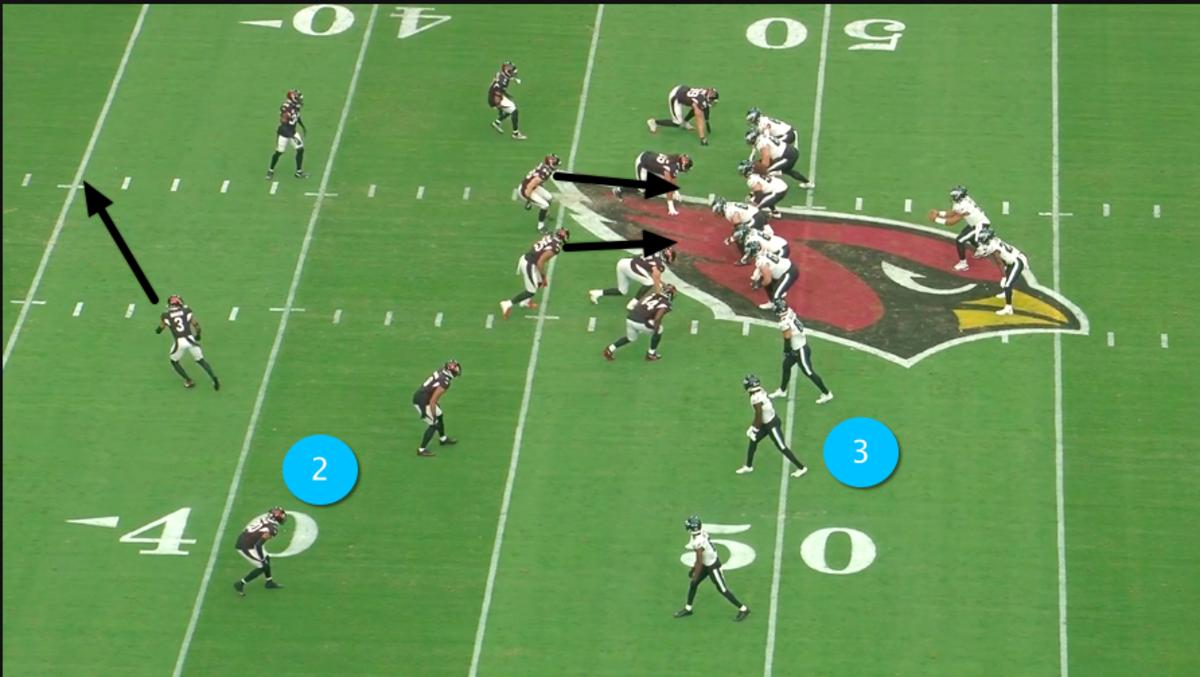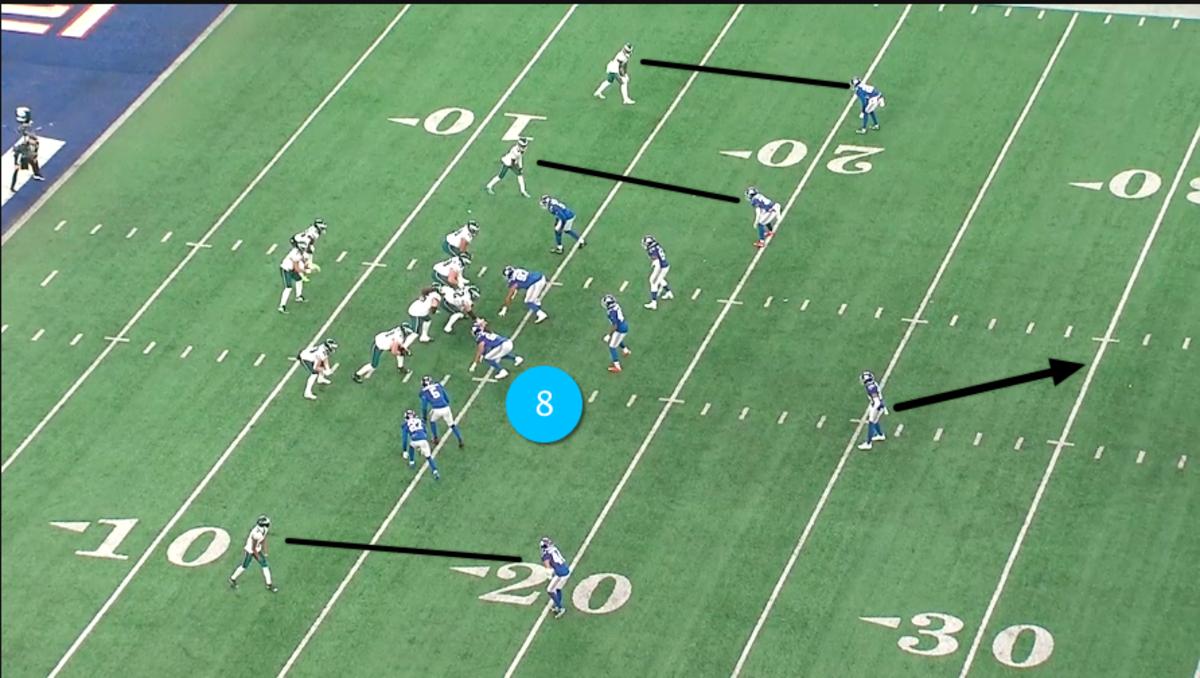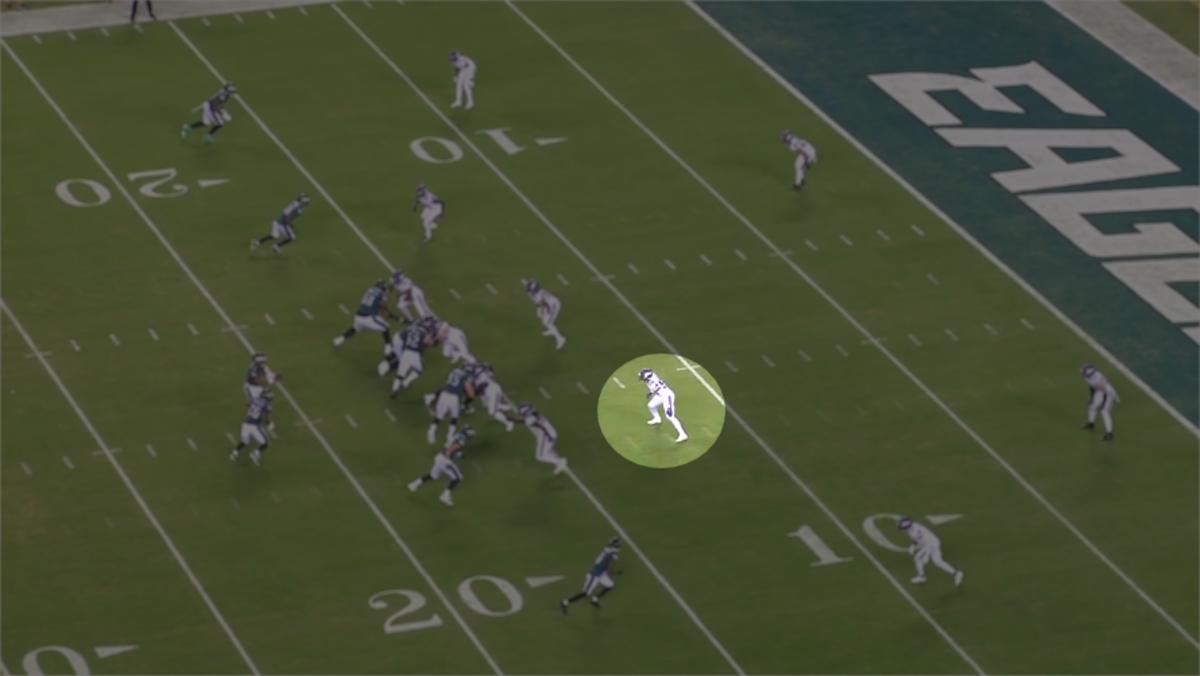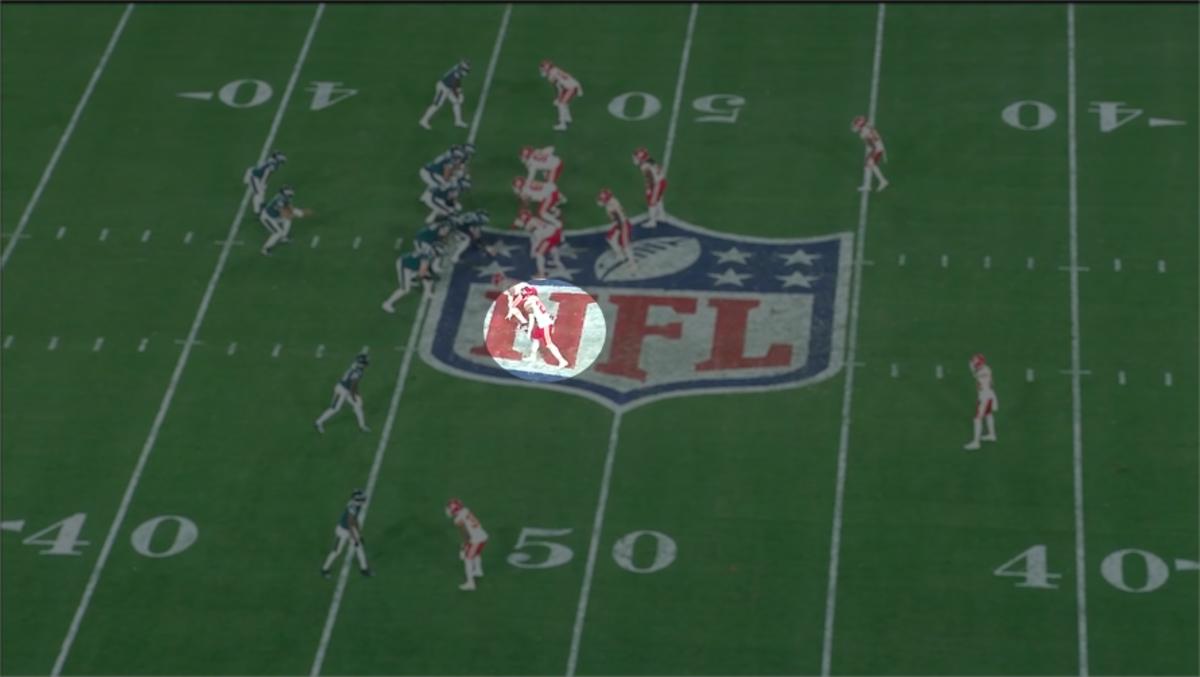Dissecting The RPO and How Shane Steichen Uses it in his Offense
The Indianapolis Colts are undergoing a bit of a facelift in 2023. New Head Coach Shane Steichen will be bringing an explosive vertical offense to town, and the team is (likely) to draft a quarterback that fits his style in the coming weeks. Aside from talking about the vertical passing game, there are other elements to Steichen's scheme that we need to discuss.
One of those elements is the ever so trendy RPO. An RPO is a run concept that made its way into the NFL realm with Chip Kelly back in 2013. Once Kelly made the term the new fad around the league, everybody and their mother was talking about this play call. NBC Announcer Cris Collinsworth couldn't wait to go on TV every week and (incorrectly) label every single play-action call with this new buzzword.
In all seriousness, the RPO call is a legit aspect in many NFL playbooks, and Shane Steichen is no exception to that. Last season with the Philadelphia Eagles, Steichen called an RPO on 251 plays (which was around 20% of all of their offensive calls). The Eagles ranked third in the NFL in RPO calls on the year in 2022.
With this call making its way back into the Colts' playbook, let's dissect exactly what an RPO is, the types of RPO calls, and attack some popular misconceptions with the call.
Popular Misconceptions
Let's confront the misconceptions that are out there first about this play call.
An RPO is not a designed pass play, it is a run call with a pass option. RPO plays are run calls by design. The offensive line blocks like it is a run and will continually climb downfield like a designed run. RPO is only a pass in the sense that there is the option for the quarterback to pull the ball out and throw it.
All play-action passes are not RPOs. This one goes out to Cris Collinsworth and to be fair to him, I do understand where he is coming from (a little bit). Some play-action calls do mix in a puller or other aspects to sell the run game. What differentiates them from RPOs, though, is that the offensive line will not extend past five yards down the field. On RPOs, the offensive line is blocking like the ball is absolutely being handed off to the running back.
You don't need a rushing quarterback to be effective on RPOs. This is the big one. RPO calls do not require a quarterback to be a threat in the ground game. It certainly doesn't hurt, but the main traits that a QB needs to have to be impactful on RPOs is a good head on their shoulders and a quick release.
Read Option =/= RPO. Another popular misconception. Read option calls are designed runs where the quarterback can either keep the ball for themself or hand it to the running back. RPO is a run call where the quarterback can either hand the ball off or pull it out and throw it quick to a receiver. Ideally, you are not asking the quarterback to run on RPO calls.
RPO passes are quick-hitters, not designed shot plays. There are some rare exceptions to this rule but RPOs are generally used on early downs to stay ahead of the sticks and/or on short yardage plays to stress a defense. They are not a call likely to be made on third and long or obvious passing downs.
Types of RPO
RPO plays can be simplified into two categories; pre-snap RPO and post-snap RPO. Pre-snap RPOs are largely based around the configuration of the defensive box and where the defenders are lined up. Post-snap RPOs are built around a conflict defender and how that defender reacts at the snap.
Pre-Snap RPO
A pre-snap RPO is all about the configuration of the defense. Are they aligned in a six man box or a seven man box? If the defense only has six men in the box (with 3-4 down linemen) that is a good numbers game for the offense to run the ball. The offensive line can get a hat on a hat and odds are that run is going to produce a chunk gain.
If the defense brings a safety into the box or has extra down linemen, then the pass option comes into play. The quarterback has to read the defense to identify where the vacant zones are going to be against a stacked box, and know which leverage to attack behind the run action.
Let's look at a few examples from the 2022 Eagles.
The Arizona Cardinals are trying to sell a two high look prior to the snap, but Jalen Hurts is smart enough to diagnose what is really going on behind the window dressing. He sees the safety bailing over the top, which leaves his stacked side of the field with a positive numbers game (3 receivers vs 2 defensive backs)

The result of the play is Hurts quickly pulling the ball out on the RPO and hitting his tight end on the bubble screen for a solid gain.
— Not Zach’s Burner (@NotZachsBurner1) April 12, 2023
This play against the New York Giants late in the season is in a similar vein. Look at the box that the Eagles are facing on this RPO call. The Giants have eight defenders loaded up front ready to make a play on the run. So, Jalen Hurts makes the decision pre-snap to take the pass option.
He identifies the two man game to his left with the slant-flat combo. If the nickel corner sits back in a zone, then Hurts will hit the flat for a short gain. If this is man coverage and that nickel steps up on the flat route, then Hurts will fire a passes to the open window to A.J Brown on the slant.

The result is the Giants coming up in man coverage and Jalen Hurts hitting the slant to A.J Brown for a 19 yard gain.
— Not Zach’s Burner (@NotZachsBurner1) April 12, 2023
Post-Snap RPO
A post-snap RPO is a much more narrow read for a quarterback. These plays are typically used in short yardage calls from bunched up formations. The quarterback is really reading one player on these designs; the conflict defender.
The conflict defender is what this entire RPO is built around. If the conflict defender takes their read step towards the run call, then the quarterback has a window to pull the ball out and throw it to the hot route. If that defender sticks to their assignment, then the run game should face a lighter box with one less defender in the fray.
Let's, again, look at a few examples from the 2022 Eagles.
Third/fourth and short is where post-snap RPOs can thrive. This is a play call that should look familiar to Colts' fans, as Frank Reich loved to dial this one up on occasion for his tight ends. The call is an inside zone RPO with a little two-man action happening on the outside of the strong side.
If the conflict defender (the outside linebacker here) takes a read step inside, then the quarterback is to pull this ball and hit the flat for a quick gain. If that linebacker rushes the flat, then the running game should have a more favorable look on the inside.

The result on the play is the linebacker read stepping too far inside and Jalen Hurts hitting the flat for a big gain.
— Not Zach’s Burner (@NotZachsBurner1) April 12, 2023
Post-snap RPOs are heavily reliant on a quarterback's ability to make the split second decision. If that player can see a late blitz coming in hot, then they can pull the ball out and hit the open pass option behind the blitzing defender. That is what happens on this next play.
Jalen Hurts sees the backside slot cornerback coming in to blitz off of the edge. Hurts has a glance option on this run call, so he is waiting for that corner (aka the conflict defender) to fully commit before he pulls this ball out.

The result of the play is Hurts snapping his hips back to the outside and finding the crease for a solid gain on the play.
— Not Zach’s Burner (@NotZachsBurner1) April 12, 2023
The Bottom Line
In summation, an RPO call is not an explosive passing play that will generate enormous gains, but it is a vital part of adding stress to a defense. Shane Steichen uses this call to add confusion to a defense and to open up his run game by making linebackers second guess on every snap.
One popular misconception that I want to highlight again though; a good RPO quarterback does not have to have the ability to run the ball. Look at the clips posted above. If those were the only plays you'd ever seen from Jalen Hurts, would you label him as a rushing quarterback?
The two biggest factors for quarterback success on RPO calls is quick decision making and a quick release. Mobility is always a plus, but those two attributes take priority over that.
Overall, Shane Steichen's offense will be much more advanced than just running RPOs 50 times a game, but these will be a big part of his rushing (and passing) attack in Indy. Hopefully, I was able to better illuminate exactly what these calls are for you all.
Follow Zach on Twitter @ZachHicks2.
